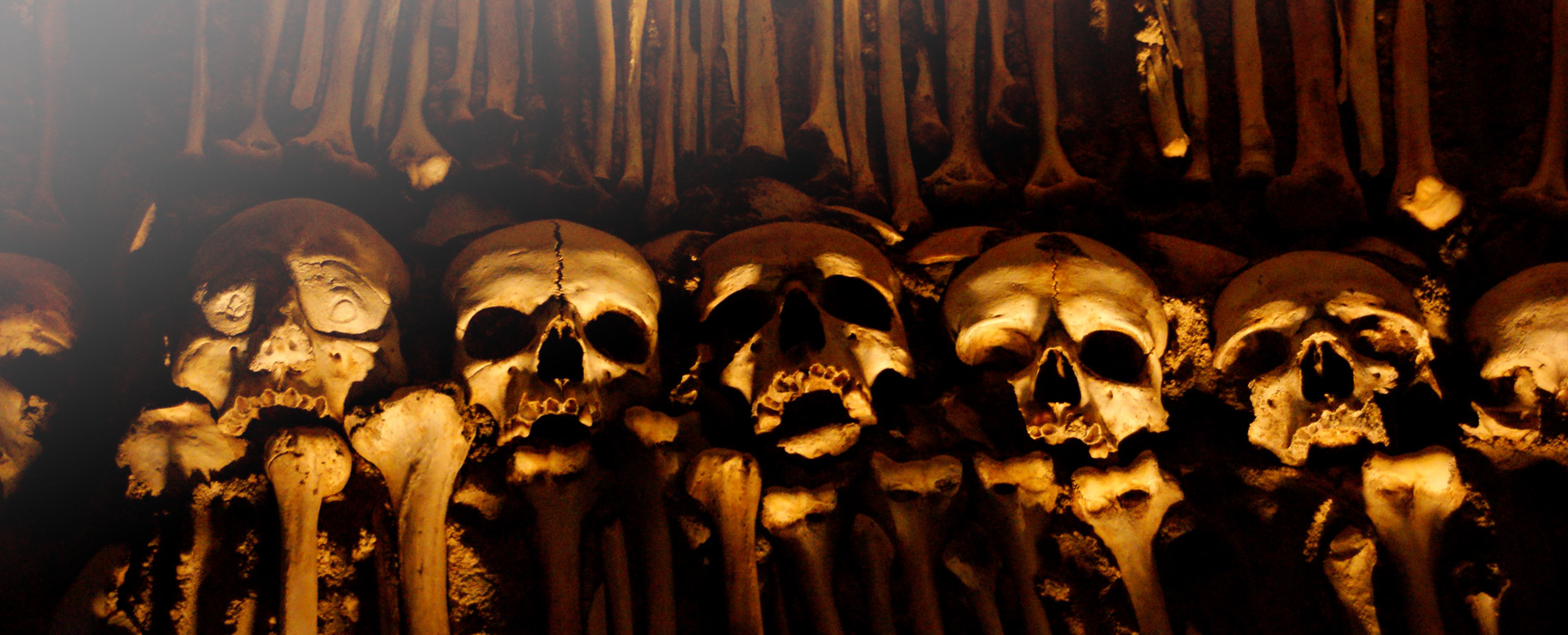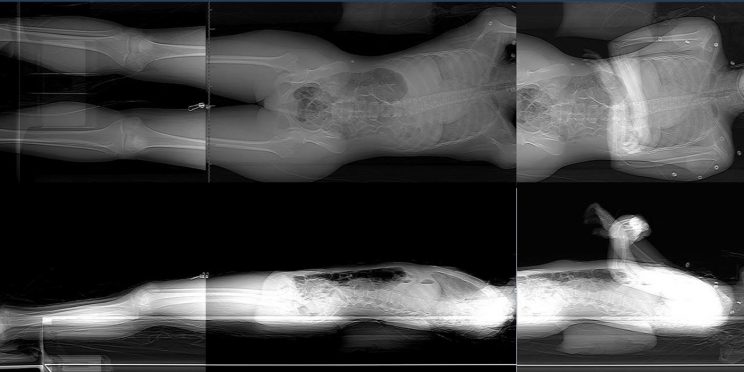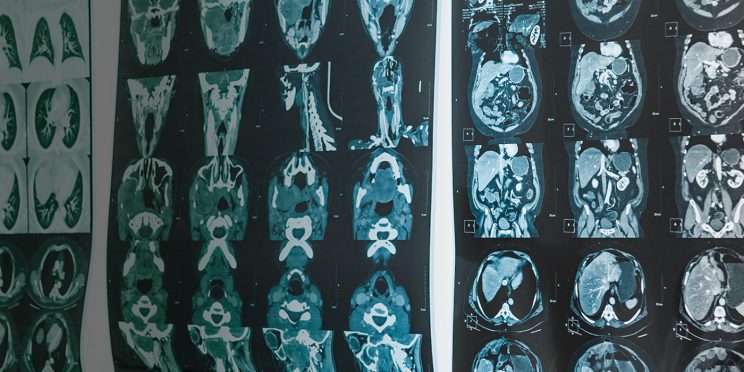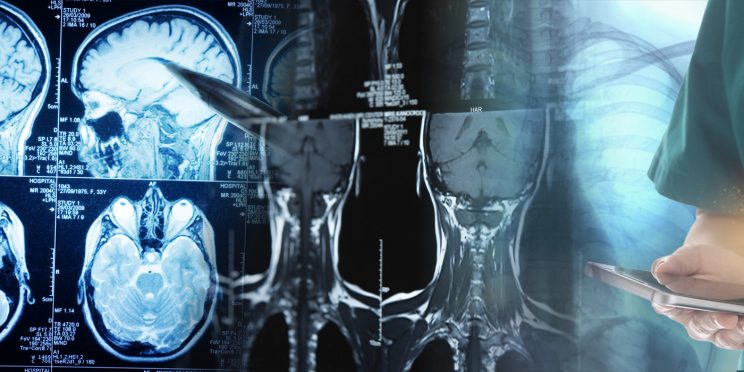This webinar originally occurred on February 6, 2019
Duration: 1.5 hours
Overview
This webinar highlights the theory and methods of isotopic analysis to explain how it can be used to assist in the identification of human remains for undocumented border crossers who do not survive the journey between Mexico and the United States.
Ms. Ammer wrote the AAFS HHRRC grant that funded this project and was fortunate to be able to work with the Pima County Office of the Medical Examiner, volunteer with the Colibrí Center of Human Rights and coordinate with approximately one hundred people donated hair samples in Mexico for this project. While the US-Mexico border is a much-discussed topic, the fate of the undocumented border crossers who do not survive the journey through this rough terrain is rarely the subject of conversation. This presentation will conclude with a brief discussion of the implications of this type of work and how it can be further advanced.
Detailed Learning Objectives
- Understanding the role of isotope analysis in forensic anthropology and the implication in identification efforts of unidentified individuals.
- Illustrating the importance of a collaborative approach and how each entity furthers the identification process.
- Discussing the challenges faced in isotope analysis and in the identification effort of undocumented border crossers.
Presenter
- Saskia Ammer | Anthropology PhD Candidate at the University of Coimbra in Portugal
Funding for this Forensic Technology Center of Excellence webinar has been provided by the National Institute of Justice, Office of Justice Programs, U.S. Department of Justice.
The opinions, findings, and conclusions or recommendations expressed in this webinar are those of the presenter(s) and do not necessarily reflect those of the U.S. Department of Justice.
Contact us at ForensicCOE@rti.org with any questions and subscribe to our newsletter for notifications.




